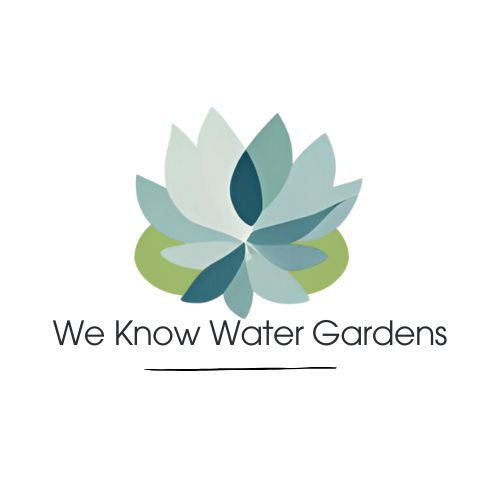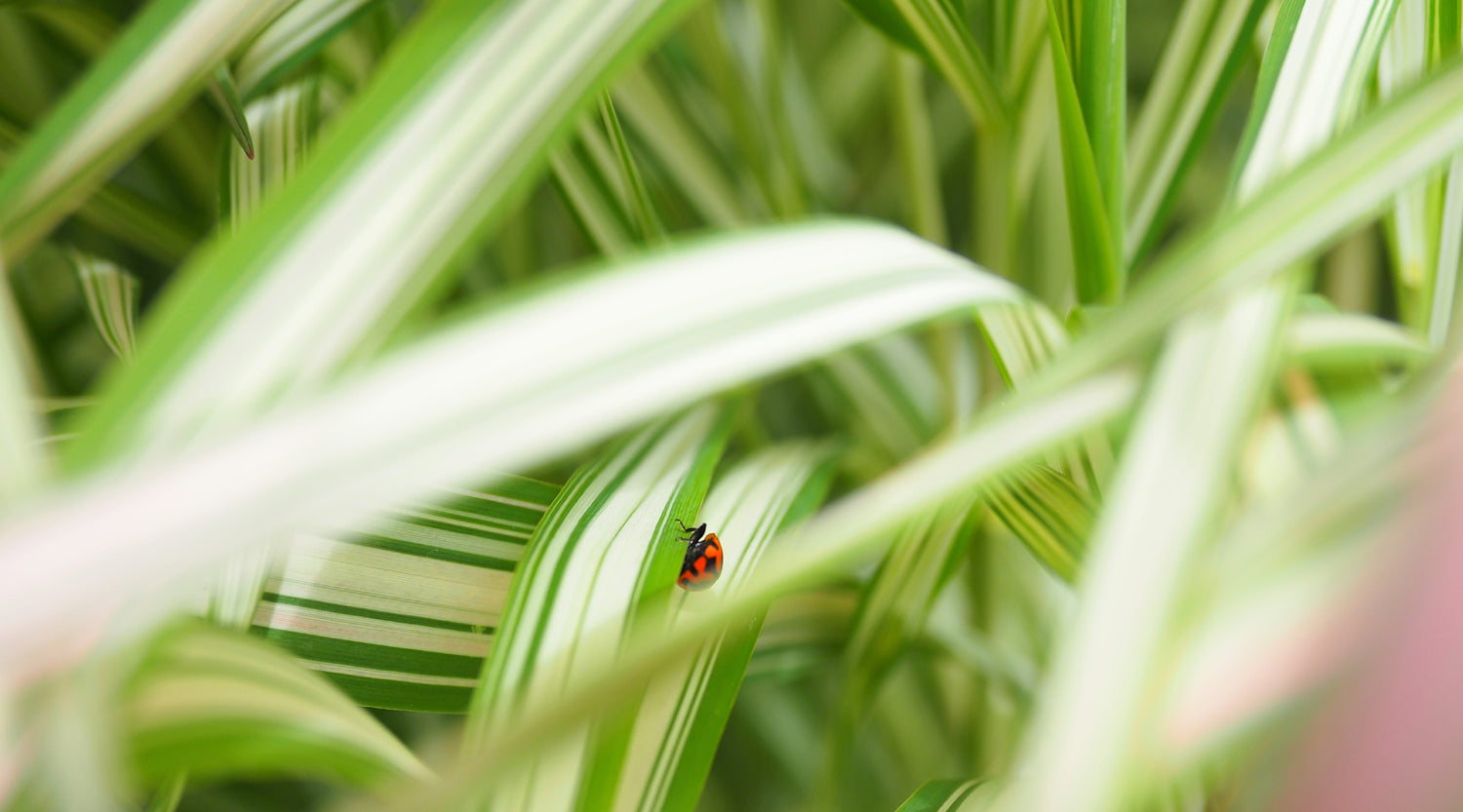Home
>
We Know Water Gardens Blog
>
A Complete Guide to Understanding and Controlling Different Types of Algae in Ponds
A Complete Guide to Understanding and Controlling Different Types of Algae in Ponds
on Aug 24, 2023

Are you struggling with algae overgrowth in your pond? Don't worry, you're not alone. Algae can be a common problem for pond owners, but understanding the different types of algae and knowing how to control them is crucial for maintaining a healthy pond ecosystem. In this complete guide, we will walk you through everything you need to know about algae in ponds.
First, we'll dive into the different types of algae you may encounter in your pond, from green algae to string algae also known as hair algae or blanketweed. Each type has its own characteristics and requires a specific approach for effective control.
Next, we'll explore the factors that contribute to algae growth, such as sunlight, nutrient levels, and water chemistry. By understanding these factors, you'll be better equipped to prevent or reduce algae outbreaks.
Finally, we'll discuss various methods for algae control, ranging from physical removal to the use of algae treatments and beneficial pond plants. We'll also provide tips on how to maintain a balanced pond ecosystem to discourage algae growth in the first place.
Get ready to regain control over your pond and enjoy its beauty without the hassle of excessive algae. Let's get started!
Different types of algae found in ponds
 Algae come in various forms and colours, and each type has its own characteristics. By understanding the different types of algae, you'll be better equipped to identify and control them effectively.
Algae come in various forms and colours, and each type has its own characteristics. By understanding the different types of algae, you'll be better equipped to identify and control them effectively.
Green Algae: This is the most common type of algae found in ponds. It forms a green, slimy layer on the surface of the water and can make the pond look unappealing. Green algae thrive in nutrient-rich environments and can quickly take over if left unchecked.
Blue-Green Algae: Unlike green algae, blue-green algae are not true algae but cyanobacteria. They often appear as a blue-green scum on the water's surface and can produce toxins harmful to fish and other aquatic life. Blue-green algae thrive in warm, stagnant water with high nutrient levels.
String Algae: Also known as filamentous algae, string algae are long, hair-like strands that can form dense mats on rocks, plants, and other surfaces in the pond. They can quickly outcompete other plants for nutrients and sunlight, leading to poor water quality and oxygen depletion.
strands that can form dense mats on rocks, plants, and other surfaces in the pond. They can quickly outcompete other plants for nutrients and sunlight, leading to poor water quality and oxygen depletion.
Blanket weed: Similar to string algae, blanket weed is a type of filamentous algae that forms long, green strands that resemble a blanket. It can quickly cover the pond's surface, impeding oxygen exchange and harming fish and other aquatic life.
Understanding the characteristics of each type of algae will help you determine the most effective control methods.
Understanding the causes of algae growth
To effectively control algae in your pond, it's essential to understand the factors that contribute to their growth. By addressing these factors, you can prevent or reduce algae outbreaks.
Sunlight: Algae require sunlight for photosynthesis, so ponds that receive excessive sunlight are more prone to algae growth. Consider adding shade-providing plants, such as water lilies or floating plants, to reduce the amount of sunlight reaching the water's surface.
Nutrient levels: High nutrient levels, particularly nitrogen and phosphorus, fuel algae growth. These nutrients can come from various sources, including decaying organic matter, fish waste, and runoff from fertilised lawns. Regularly remove debris from the pond and avoid overfeeding fish to minimise nutrient buildup.
Water chemistry: Imbalanced water chemistry, such as high pH or alkalinity, can create favorable conditions for algae growth. Test your pond's water regularly and make necessary adjustments to maintain optimal water chemistry for the desired aquatic life.
create favorable conditions for algae growth. Test your pond's water regularly and make necessary adjustments to maintain optimal water chemistry for the desired aquatic life.
By addressing these underlying causes, you can create an environment that is less conducive to algae growth and maintain a healthier pond ecosystem.
The impact of algae on Australian pond ecosystems
While algae may seem harmless, their excessive growth can have detrimental effects on pond ecosystems.
Oxygen depletion: Algae blooms can deplete oxygen levels in the water, especially during the night when photosynthesis stops. This can lead to fish kills and harm other aquatic organisms that rely on oxygen.
Imbalance in aquatic life: Algae can outcompete other plants for light and nutrients, leading to a decline in biodiversity. This imbalance can negatively impact the overall health and stability of the pond ecosystem.
Toxin production: Certain types of algae, such as blue-green algae, can produce toxins that are harmful to fish, pets, and humans. These toxins can cause skin irritation, respiratory issues, and even liver damage if ingested.
Understanding the potential consequences of algae overgrowth highlights the importance of implementing effective control measures.
Methods for controlling algae growth in ponds
Controlling algae growth in ponds requires a multi-faceted approach. Here are several methods you can employ to keep algae in check and maintain a balanced pond ecosystem.
Chemical treatments for algae control: Algaecides can be effective in quickly reducing algae populations. However, they should be used cautiously as some chemicals can harm fish and other aquatic life. Always follow the instructions provided by the manufacturer and consider using natural or environmentally friendly alternatives whenever possible.
Biological solutions for algae control: Introducing beneficial bacteria and enzymes can help break down organic matter and reduce nutrient levels in the pond. These natural solutions can help restore the pond's ecological balance and limit algae growth. Learn more bout using AlgaeFix in our Blog: Discover the Power of API Algaefix: The Ultimate Solution for Pond Algae Control
enzymes can help break down organic matter and reduce nutrient levels in the pond. These natural solutions can help restore the pond's ecological balance and limit algae growth. Learn more bout using AlgaeFix in our Blog: Discover the Power of API Algaefix: The Ultimate Solution for Pond Algae Control
Physical methods for algae removal: Manual removal of algae, such as using a pond net or rake, can be effective for controlling string algae and blanketweed. Regularly removing excess algae can prevent them from spreading and taking over the pond.
Preventing algae growth in ponds: Prevention is always better than cure when it comes to algae control. Implementing preventive measures, such as maintaining proper filtration, reducing nutrient inputs, and promoting a diverse aquatic plant community, can help prevent algae outbreaks.
Regularly remove debris, such as leaves and twigs, from the pond. This helps prevent the accumulation of organic matter, which can contribute to algae growth. Learn more here about The Importance of Changing Water in Your Pond: How Often Should You Do It?
By combining these methods and tailoring them to your specific pond conditions, you can effectively control algae growth and maintain a healthy and visually appealing pond.
Algae overgrowth can be a frustrating problem for pond owners, but with the right knowledge and strategies, it is possible to regain control and maintain a healthy pond ecosystem. By understanding the different types of algae, addressing the underlying causes of their growth, and implementing appropriate control methods, you can enjoy a beautiful and thriving pond without the hassle of excessive algae. Remember, prevention and regular maintenance are key to long-term algae control. Invest the time and effort into your pond, and you'll be rewarded with a vibrant and balanced aquatic environment that you can enjoy for years to come.
Now that you have a complete guide to understanding and controlling different types of algae in ponds, it's time to put this knowledge into action. Take the necessary steps to manage algae in your pond and create a tranquil oasis that you can be proud of. Happy pond keeping!
© weknowwatergardens 2023
Share


